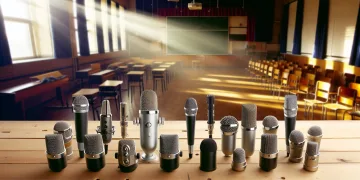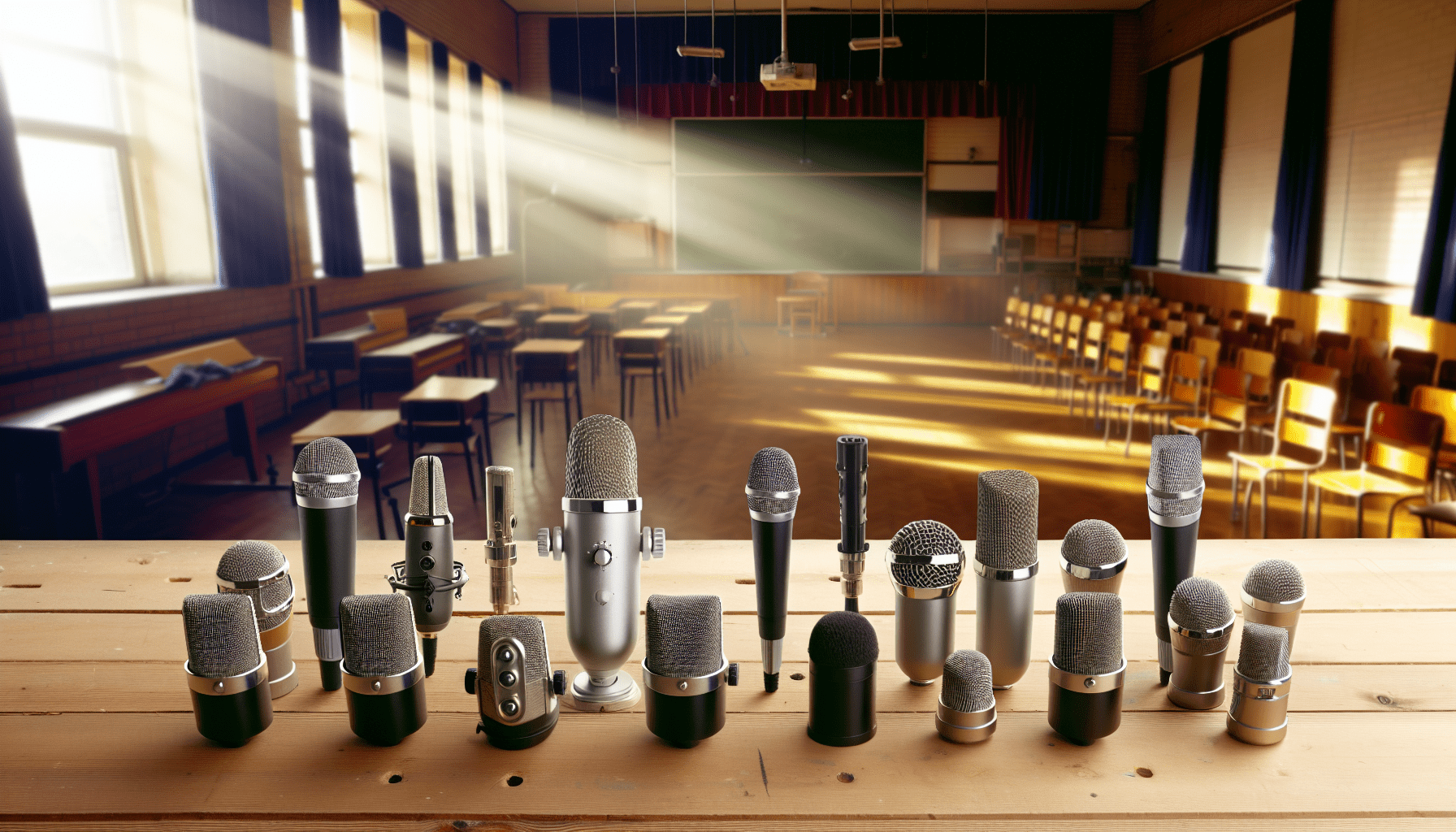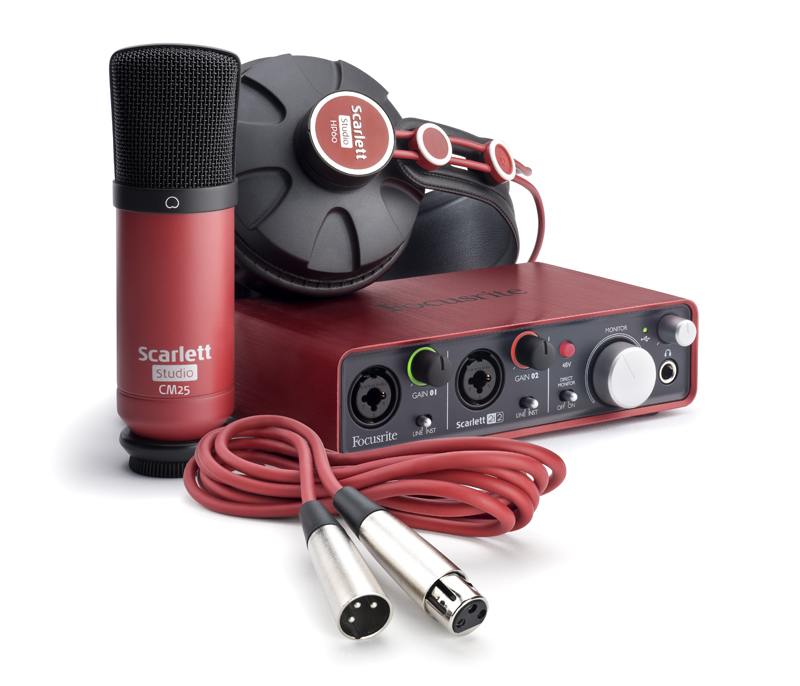Introduction
Recording choral rehearsals can be a valuable tool for music educators to assess their choir’s progress, identify areas for improvement, and share performances with a wider audience. Choosing the right microphone(s) for this task is crucial to capturing the nuances of the choral sound accurately. In this article, we will explore the factors to consider when selecting microphones for recording choral rehearsals.
Types of Microphones
There are several types of microphones available on the market, each with its own strengths and weaknesses. When recording choral rehearsals, the two most common types of microphones used are condenser microphones and dynamic microphones.
Condenser Microphones
- High sensitivity and wide frequency response
- Ideal for capturing subtle nuances in choral performances
- Require phantom power to operate
Dynamic Microphones
- Robust and durable
- Less sensitive than condenser microphones
- Do not require phantom power
Number of Microphones
When recording a choral rehearsal, it is essential to consider how many microphones you will need to capture the entire choir effectively. The number of microphones required will depend on the size of the choir, the acoustics of the rehearsal space, and the desired recording quality.
Single Microphone Setup
Using a single microphone to record the entire choir can be a cost-effective solution for smaller choirs or rehearsal spaces with good acoustics. However, this setup may not capture the individual voices of the singers accurately.
Multiple Microphone Setup
For larger choirs or rehearsal spaces with poor acoustics, using multiple microphones to capture different sections of the choir can provide a more balanced and detailed recording. This setup allows for greater control over the mix during post-production.
Placement of Microphones
The placement of microphones plays a crucial role in capturing the choral sound accurately. When positioning microphones for recording a choral rehearsal, consider the following factors:
Distance from the Choir
- Place microphones at an appropriate distance from the choir to capture a balanced mix of voices.
- Avoid placing microphones too close to individual singers, as this can result in an unbalanced recording.
Height and Angle
- Position microphones at a height that allows them to capture the entire choir without obstruction.
- Angle microphones slightly downward to minimize the pickup of ambient noise and reflections.
Conclusion
Choosing the right microphone(s) to record your choral rehearsal is essential for capturing the beauty and complexity of choral music. By considering the types of microphones available, the number of microphones needed, and the placement of microphones, you can ensure that your recordings accurately reflect the sound of your choir. Experiment with different microphone setups and placements to find the best configuration for your specific needs. With the right equipment and techniques, you can create high-quality recordings that showcase the talent and hard work of your choir.






























